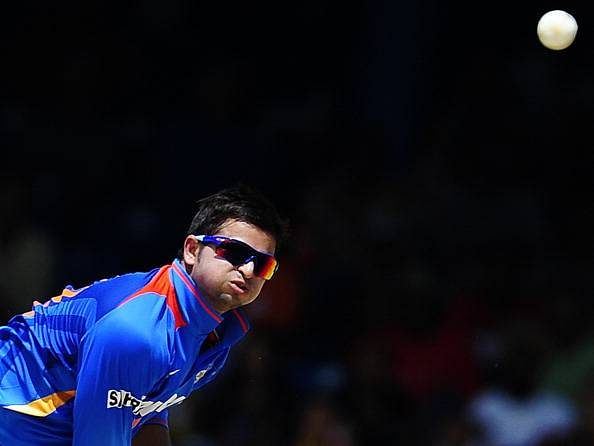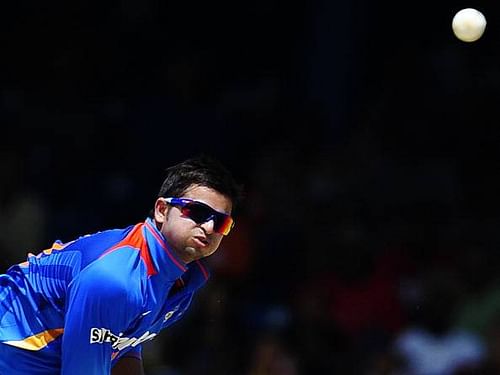
Analysing why part-time spinners could be the key to success in World T20

India’s limited-overs captain MS Dhoni recently said that he was happy with the contributions of his batsmen who could double up as part-time bowlers. It is, of course, well-known that Dhoni absolutely loves to stand behind the stumps when his spinners are operating. He gets chirpier and tells the bowler how he is reading the game.
As the wicket-keeper and the skipper, Dhoni has perfected the art of reading the game accurately to squeeze the opposition. We got glimpses of Dhoni’s brilliance during India’s group stage match against Ireland in the World Cup 2015.
Ireland had got off to a blistering start, but Dhoni, by rotating his spinners and part-timers, reined them in. One simply had to be in awe of Dhoni’s clear thinking and sharp wit as he marshalled his troops that day.
Importance of part-time bowlers
It is not just MS Dhoni, but more and more captains these days are now in favour of using part-time bowlers. If even a top-order batsman can turn his arm over and bowl a few decent overs, it is an added bonus for the team.
No wonder then that such all-rounders are being preferred by captains now ahead of specialist batsmen.
In Indian cricket, for instance, two of the best batsmen from the 90s – Sachin Tendulkar and Sourav Ganguly – could double up as useful bowlers if need be. And they did it to a devastating effect by providing the crucial breakthroughs.
They were truly the men with the golden arms. Not too long ago before them, India had Robin Singh – much before we thought there would be someone like Dhoni – who was a specialist finisher and a very useful medium-pace bowler.
But it is incredibly difficult to keep performing in both the departments at the same time. Australian captain Steve Smith started out as a spinner who could contribute with the bat in the lower-middle order.
But he has now turned into one of the finest batsmen in the world and he hardly bowls at all. His countryman Cameron White was another such example.
But closer to home, we had Irfan Pathan -- the devastating swing bowler who won a million Indian hearts when he burst onto the scene. Under Greg Chappell, he started to fashion himself as an all-rounder and even batted at number 3 at times, getting crucial runs.
The consequence, however, was disastrous. His bowling began to suffer and ultimately one of India’s most promising prospects was lost in the din.
The challenge of being able to maintain good form with both the bat and the ball is thus a considerable one.

Part-timers as a strategic decoy
Modern captains, therefore, rely more heavily on all-rounders. Many believe that the era of true all-rounders is over – Shakib al Hasan being an exception – and what we have instead is good batsmen who can turn their arm over.
Such players always allow teams to play an extra bowler or a batsman and give them additional balance in the team composition.
In a tournament like the ICC World T20, the importance of part-time spinners can never be underestimated. On dry pitches, many of which may turn out to be square turners, teams will use their additional part-time bowlers because of the spin-friendly conditions.
This can be a two-pronged strategy. Sometimes, part-timers can struggle and prove to be costly in T20 cricket. But it can only backfire if batsmen try to be overly aggressive and lose their wickets in the process.
This, thus, if used wisely, turns out to be a great strategic decoy on the part of good captains. And then there is the other instance of part-timers being on a roll, especially when the conditions assist their style of bowling.